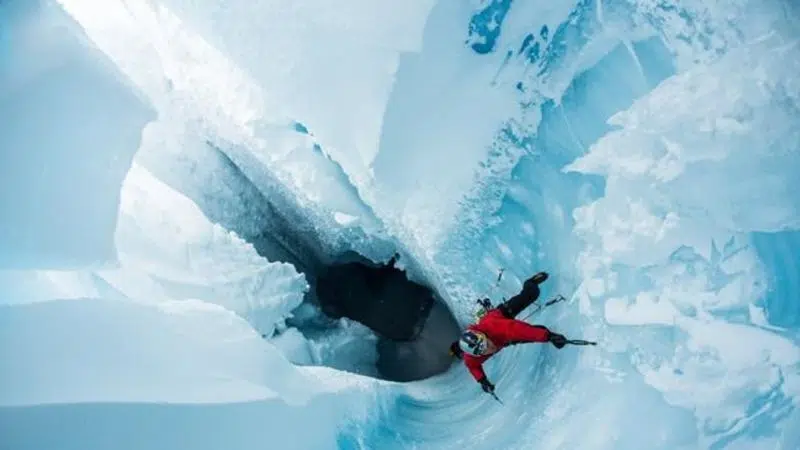
Slippery slopes, sure death: Ice climber helping climate science research
From climbing the frozen Niagara Falls to setting world paragliding records, Will Gadd is no stranger to adventure.
Rappelling into a hole to descend deep into the bowels of the Greenland ice cap, however, was a whole different matter.
“Safe is a relative term,” laughs the mountaineer based in Canmore, Alta. “These moulins (vertical shafts) are not safe. There are a lot of things that can go wrong.


